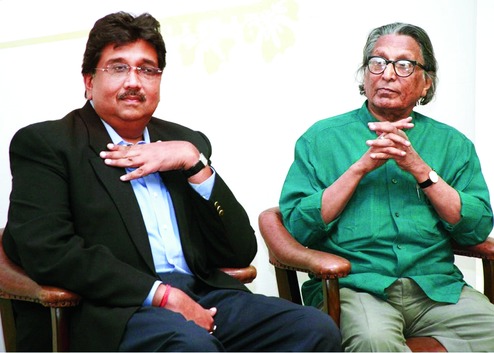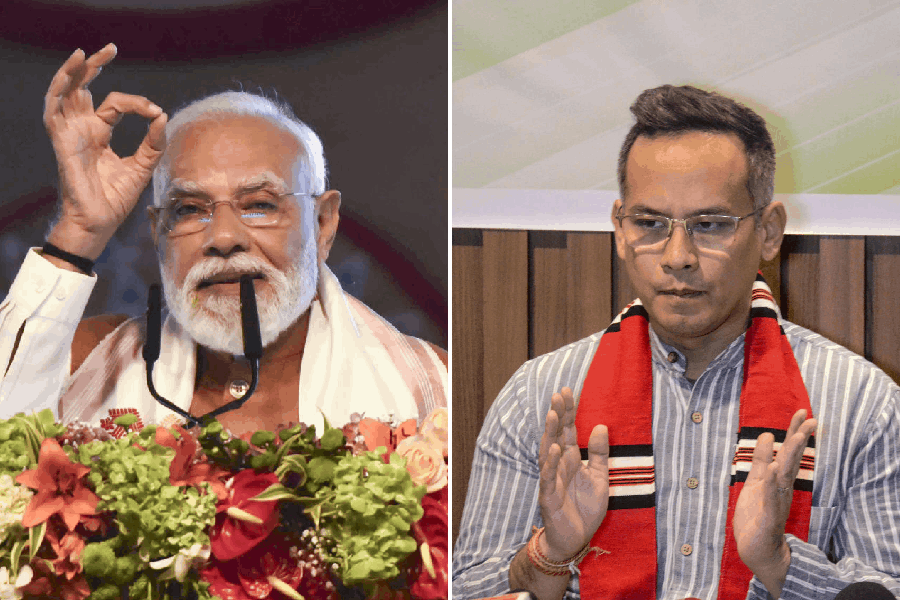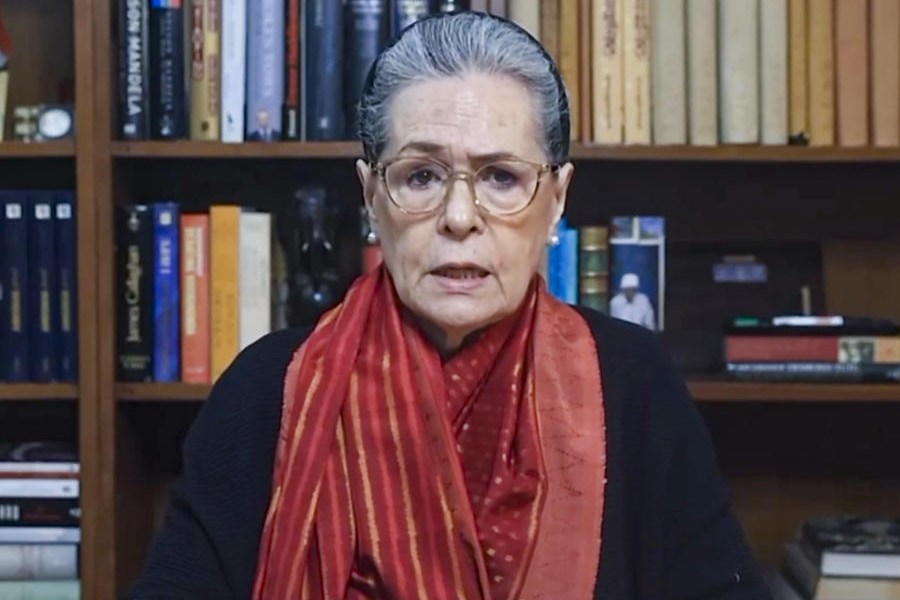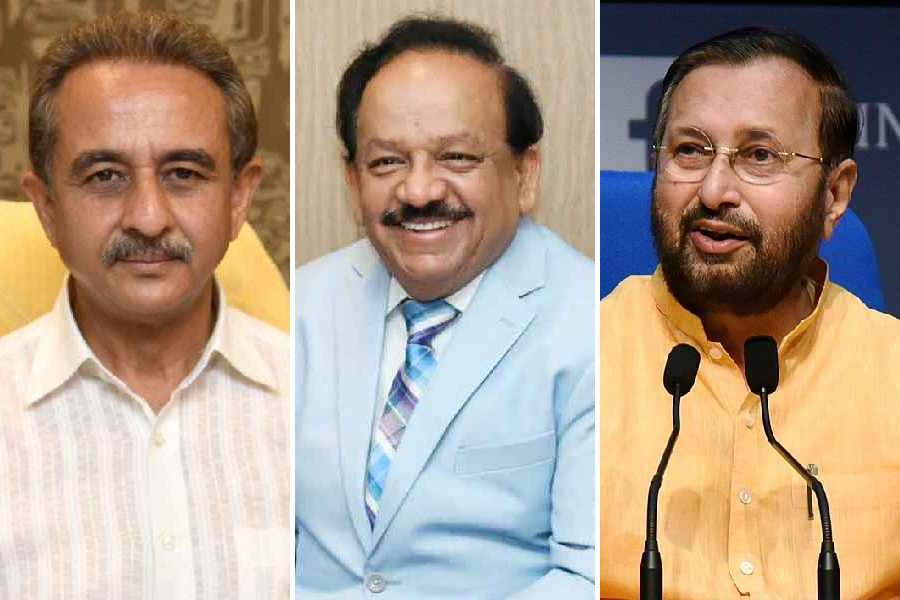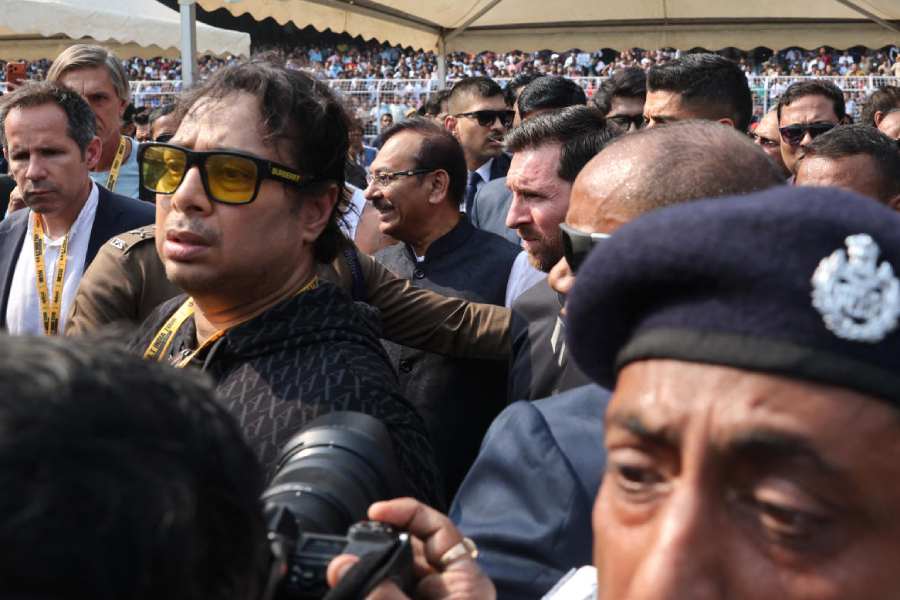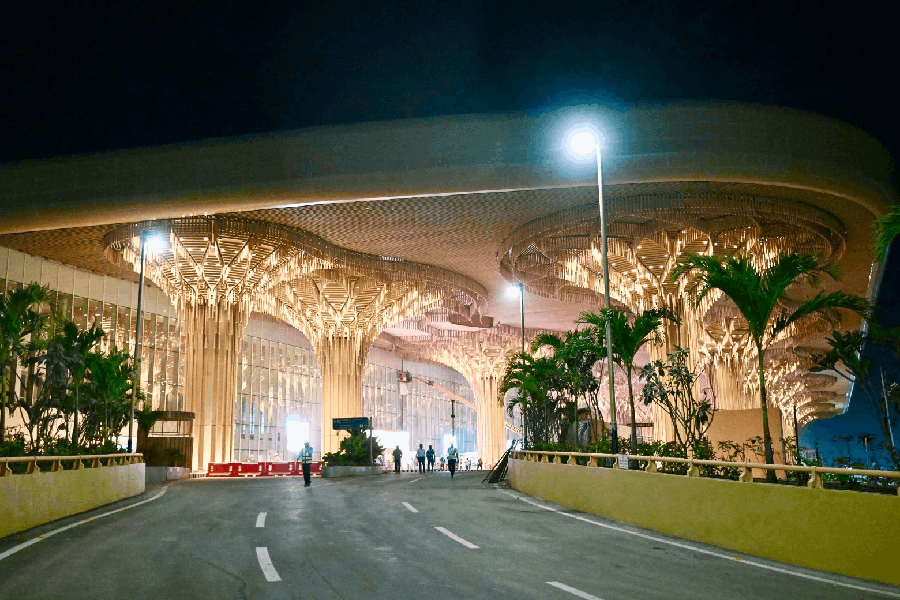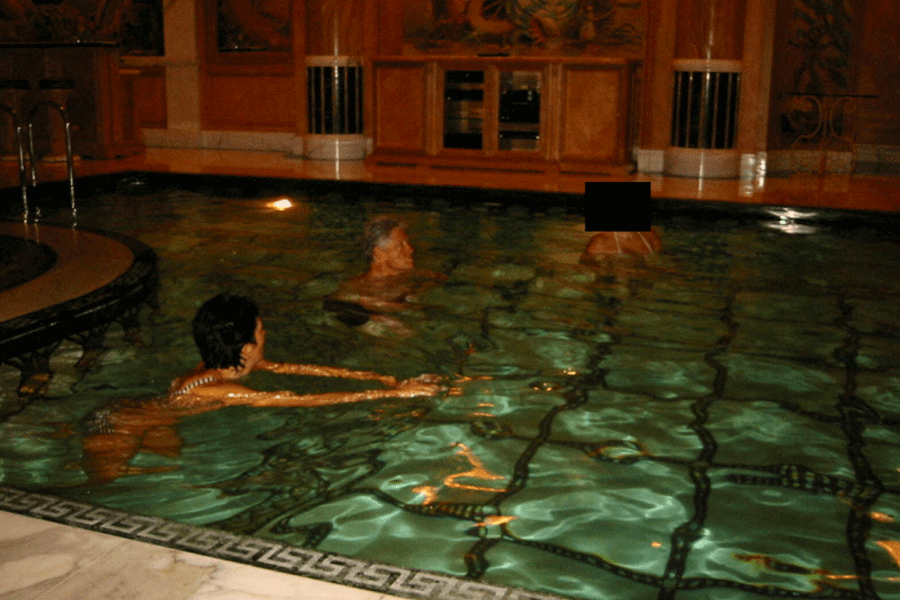


The news was indeed thrilling. Reading about Balkrishnabhai Doshi being conferred the Pritzker Laureate - the first Indian to receive the honour - filled my heart with immense gladness.
Even as I offer my respectful pranaam to this visionary architect who remains in many ways my guru, my mind goes back to 1994, when I first met him at the Vastu Shilpa Foundation office in Ahmedabad.
I had gone to invite him to take part in a large social housing project we were about to embark upon in Calcutta. Balkrishna Bhai politely declined.
In those days, there were no direct flights from Ahmedabad to Calcutta and one had to come via Mumbai. He said this could prove to be cumbersome and time-consuming. Besides, it appeared to me that he was hesitating to do a project for a private property developer as he was perhaps apprehensive about the response to his ideas. I returned to Calcutta extremely disappointed.
I had studied his works and felt he would do complete justice to my maiden but, for me, major venture. I, however, kept our contact alive. I would write to him and speak to him over the phone occasionally, even as I initiated discussions with other architects for the project for which I had set my heart on Shri Doshi.
A few months later, I learnt that he would be visiting Calcutta for a conference. I called him up and requested him to give me the pleasure of hosting him at our home for a meal. He agreed and the bond between us further strengthened as my entire family instantly warmed up to him. I asked him to visit the site that I had in mind the following day and persuaded him to reconsider my initial request. Finally, a few months later, to my utmost joy and delight, he agreed to come on board.
From 1995 to 2010, Balkrishnabhai and his wife, Kamala Bhaabi, would visit Calcutta every year and stay with us for a few days. The times we spent together were very special not just for me but for my entire family. Over breakfast, lunch and dinner, we remained enthralled by his simple but profound thoughts. His worldview, his faith in community living and his marvellous philosophy of inclusion and aesthetics, without doubt, transformed him from an architectural consultant to a life guru as far as I was concerned.
A great part of my sensibility vis-a-vis architecture, the importance of the play of light and shadow, the seamless integration of the inside with the outside, the harmony that needs to be established between built-up space and nature are some of the ideas he instilled in me. I was like a curious student, absorbing every nugget of wisdom from all our interactions.
The foundation stone of Udayan, our first mass housing project, was laid in April 1995 in the presence of then chief minister Jyoti Basu and former Union external affairs minister Pranab Mukherjee. Soon after the formal ceremony, Doshiji held my hand and took me for a relook at the project model. "I think the project is congested and we need to knock off some built-up areas to give it a proper feel," he said in a matter-of-fact tone.
I was, I must admit, completely taken back and apprehensive as our plans had been sanctioned. Balkrishnabhai explained how he would quickly readjust a new set of plans that would reduce the built-up area by about 2,00,000 sqft but improve the "feel" of the project. I was concerned because it would greatly impact the viability of the project besides delaying it. He must have read the worry on my face as later that evening he sat me down for an hour-long discourse that changed my thinking forever.
He asked me a simple question -whether reducing the area would make the project unviable. My math indicated it would not be unviable but, most certainly, at least 30% less profitable. I told him what I felt. He smiled and said: "Harsh, nobody will remember or care how much money you made. But they will remember how well you completed the project and improved it for posterity."
That conversation was a turning point in my career. I got persuaded to agree to his suggestion. I am sure the impact Udayan finally had has a lot to do with Doshiji's inputs. "Faith is the bird that feels the light when the dawn is still dark," said Rabindranath Tagore. I could not agree more!
My faith in him and deep desire to do a meaningful project must have touched Balkrishnabhai. For since then, he has remained a parental figure, a friend, a philosopher and a guide. And of course, the rest, as they say, is history.

